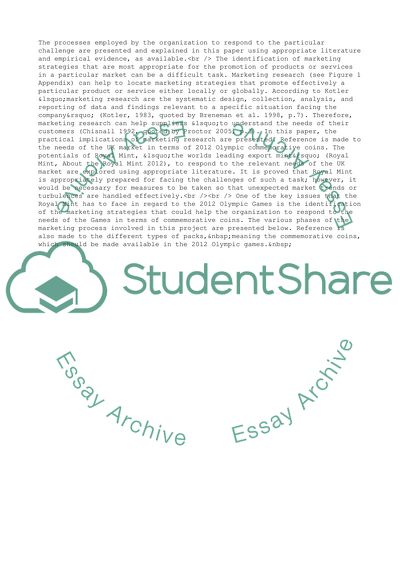Cite this document
(Royal Mint London 2012 Olympic Souvenir Coins Case Study - 1, n.d.)
Royal Mint London 2012 Olympic Souvenir Coins Case Study - 1. Retrieved from https://studentshare.org/management/1772694-the-royal-mint
Royal Mint London 2012 Olympic Souvenir Coins Case Study - 1. Retrieved from https://studentshare.org/management/1772694-the-royal-mint
(Royal Mint London 2012 Olympic Souvenir Coins Case Study - 1)
Royal Mint London 2012 Olympic Souvenir Coins Case Study - 1. https://studentshare.org/management/1772694-the-royal-mint.
Royal Mint London 2012 Olympic Souvenir Coins Case Study - 1. https://studentshare.org/management/1772694-the-royal-mint.
“Royal Mint London 2012 Olympic Souvenir Coins Case Study - 1”. https://studentshare.org/management/1772694-the-royal-mint.


